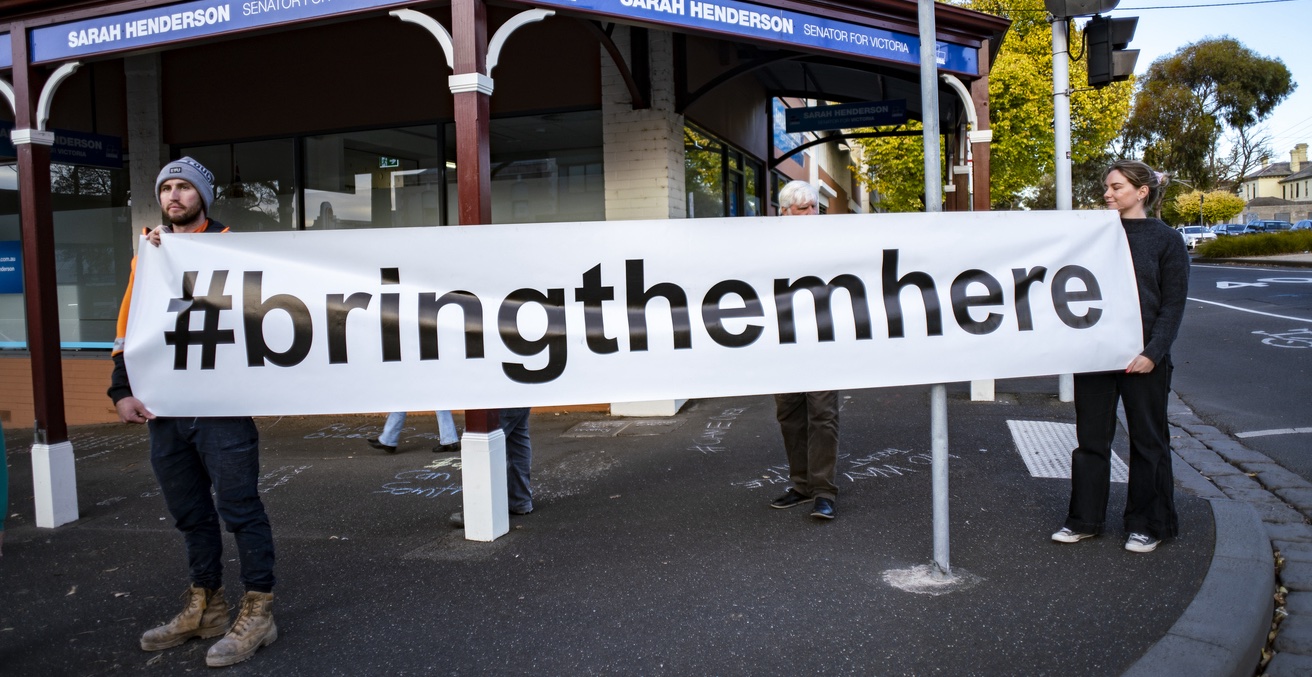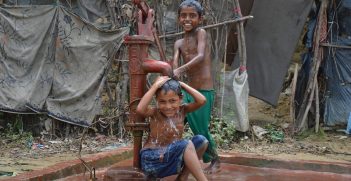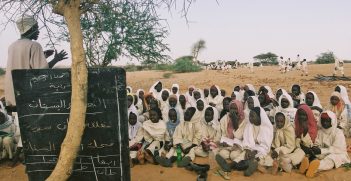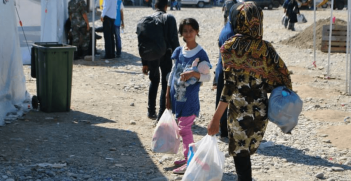When It Comes To Refugee Diplomacy In The Asia-Pacific Region, It Is Time For Australia To Jump Back In

Australia’s approach to forced displacement in the Asia-Pacific region has, for many years, been driven by border control politics and a short-term view of the national interest. The election of a new Labor government provides an opportunity for change, but this will be an uphill battle for trust.
In its first weeks in power, the newly-elected Australian Labor government has already signalled a number of changes to policy and approach. The new Cabinet has more women than ever before, including its first indigenous woman and its first two Muslim Australians. The government has expressed a determination to reimagine Australia’s relationship with its First Nations peoples through the implementation of the Uluru Statement from the Heart, and with its Pacific neighbours, as the Foreign Minister demonstrated during her trip to the region less than a week after the election. This was followed by a second just days later. The establishment of a national anti-corruption commission with powers appropriate to its mandate is finally a real possibility. But another opportunity lies before the new government: the revitalisation of refugee diplomacy in the Asia-Pacific region.
Under the previous government, Australia’s approach to issues of forced displacement was driven by the politics of border control and a short-term view of the national interest. Shortly after the 2013 election, the former government launched Operation Sovereign Borders, a military-led border security regime, best known for subjecting asylum seekers to mandatory detention in offshore facilities. The regime had deep regional implications, too: it included a policy to ‘turn back’ the boats which irritated Australia’s neighbours and violated international law. The government’s 2014 freeze on refugee resettlement from Indonesia further soured relations with one of Australia’s largest and closest neighbours; an ongoing research project that I am participating in is also uncovering evidence of the enormous strain this decision has had on the mental health of refugees and asylum seekers in Indonesia.
In the wider region, too, the former government prioritised short-term self-interest when it came to issues of displacement. Its controversial attempt to outsource its refugee obligations to Cambodia saw only a handful of refugees move there, at a cost of $35 million. There was no appetite for playing any kind of constructive, proactive role — when then-Prime Minister Tony Abbott was asked whether Australia would contribute to an international effort to find solutions for more than 8,000 Rohingya refugees stranded at sea for weeks—after fleeing Myanmar and finding all ports closed to them—his response was simple: “nope, nope, nope.”
At the global level, Australia’s financial contributions to the UN’s refugee efforts fell from US$57.5 million in 2013 to just US$22.7 million in 2021, a 60 percent reduction in support, while the number of forcibly displaced people worldwide doubled. And, in the development of the Global Compact on Refugees—a major multilateral agreement to improve refugee responses that was endorsed by the United Nations General Assembly in 2018—it seemed at times that Australia’s primary objective was to ensure that nothing in the agreement required it to do anything that it wasn’t already.
This stands in stark contrast to the scale of the displacement challenges currently facing our neighbours in Asia and the Pacific. There are presently more than four million refugees and asylum-seekers in the region, as well as a further four million internally displaced people. This includes two of the world’s largest and most complex displacement situations, Afghanistan and Myanmar, from which 2.6 million and 1.1 million people have fled respectively. United Nations officials warn that these two countries could shortly be joined by Sri Lanka, which is “on the verge of a humanitarian emergency.” With fewer than 140,000 refugees and asylum seekers currently in Australia, according to United Nations figures, Australia hosts just 1.7 percent of the region’s forcibly displaced people, and about 0.17 percent of those forcibly displaced worldwide.
In Australia’s relative absence, a number of major diplomatic initiatives have been launched to pursue solutions to the challenges of displacement in the region. A “Support Platform” was launched in 2019 under the auspices of the Global Compact on Refugees to unlock solutions for Afghan refugees and the countries hosting large numbers of them; its “Core Group” includes the United States, the European Union, Germany, the United Kingdom, Qatar, Japan, South Korea, and the World Bank, but not Australia. A similar approach for Rohingya refugees was attempted and stalled, but calls are emerging for regional efforts to be revived. Beyond Australia’s region, it is rumoured that a deal will shortly be inked between the United States, Spain, and Canada to address the deadly—and highly politicised—displacement crisis in Central America.
These initiatives—which are underway but in need of further support—represent an excellent opportunity for Australia to move past the tensions caused by its current self-centred approach to displacement issues. It is an opportunity to rebuild trust when it comes to addressing regional challenges, at a time of considerable geopolitical contestation in the region where non-transactional partnership is more important than ever, and to advocate for some of the region’s most vulnerable people. Further issues could also be the subject of more intense diplomatic exchange in the Asia-Pacific region, most notably the prospects of widespread displacement linked to climate change. Being seen as a constructive partner in the search for solutions to these challenges will stand Australia in good stead in the long term.
This will not be easy. There is a lot of rebuilding of relationships—and trust—to be done with Australia’s neighbours, beyond displacement issues, though it seems that the Prime Minister’s recent visit to Indonesia was a good start. However, the Labor Party’s own record when it comes to displacement issues in the Indo-Pacific is nothing to be proud of. It includes the attempted Malaysia people swap, which the High Court ruled invalid because there were insufficient legal protections in place, and the establishment of the offshore processing centre on Manus Island, which former Prime Minister Kevin Rudd inaugurated with a pledge that “any asylum seeker who arrives in Australia by boat will have no chance of being settled in Australia as a refugee.”
Although Australians often overestimate the influence their nation wields in the region, forced displacement is an area in which Australia has something to offer. Even if the new government is determined not to alter its approach to pushbacks, it can expand resettlement from the region, including reinstating resettlement from Indonesia, and restore lost funding to refugee responses, including through local organisations and initiatives led by refugees themselves. Australia can also draw upon its under-utilised capacity for creative diplomacy to enhance refugee protection across the region and seek political solutions to the root causes of displacement.
In a region where relatively few countries are signatories to the 1951 Refugee Convention, addressing displacement issues requires delicate and deliberate diplomatic engagement. It is time for Australia to jump back in.
Patrick CJ Wall is an independent consultant based in Geneva, Switzerland. He has previously worked for the Australian Government and the United Nations. His current portfolio of work includes undertaking a review of the three Support Platforms established pursuant to the Global Compact on Refugees, and research that seeks to better understand the ways in which refugee-led initiatives contribute to refugee protection and solutions in the Asia-Pacific region, as well as the barriers that they face.
This article is published under a Creative Commons Licence and may be republished with attribution.





